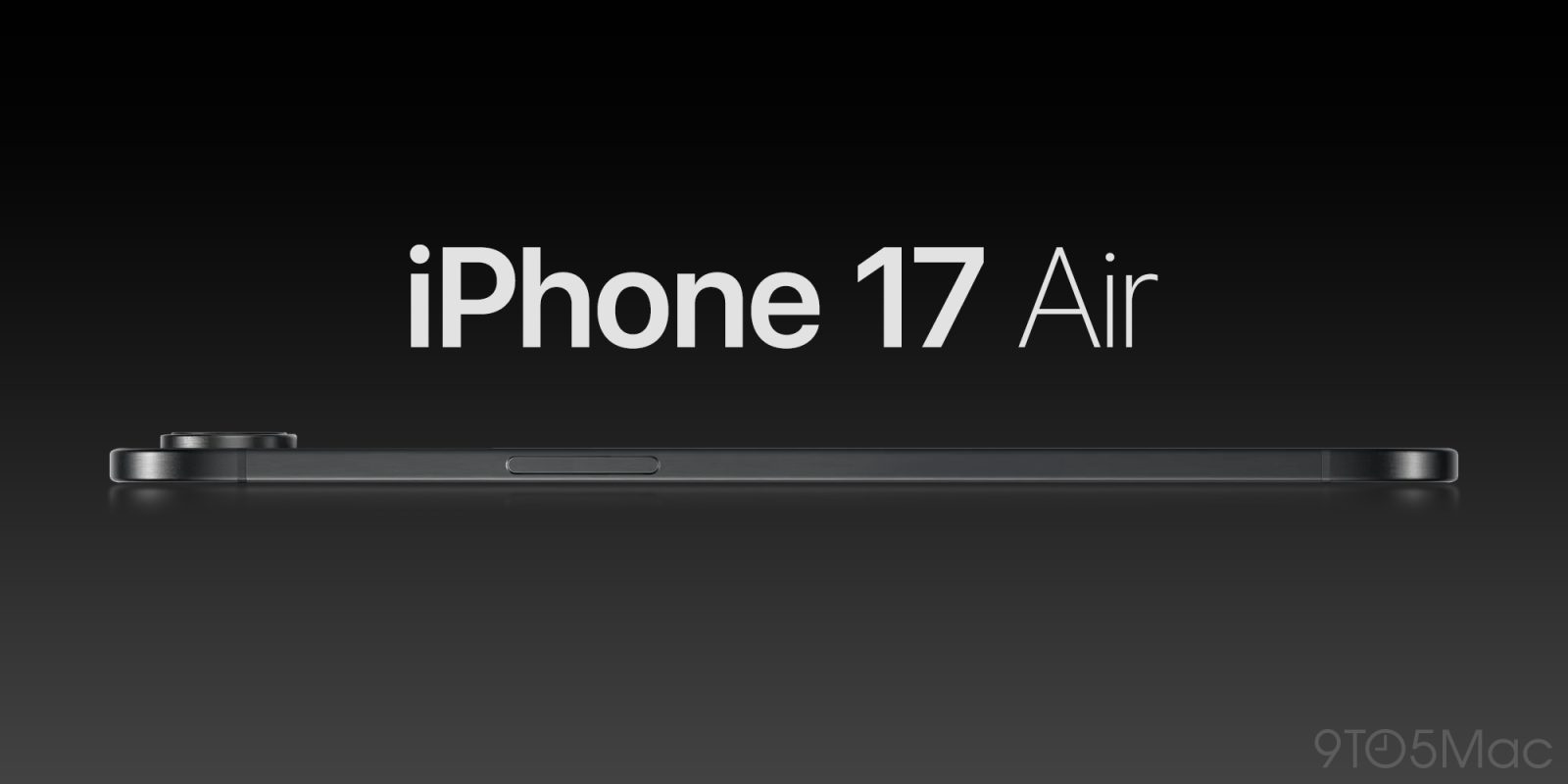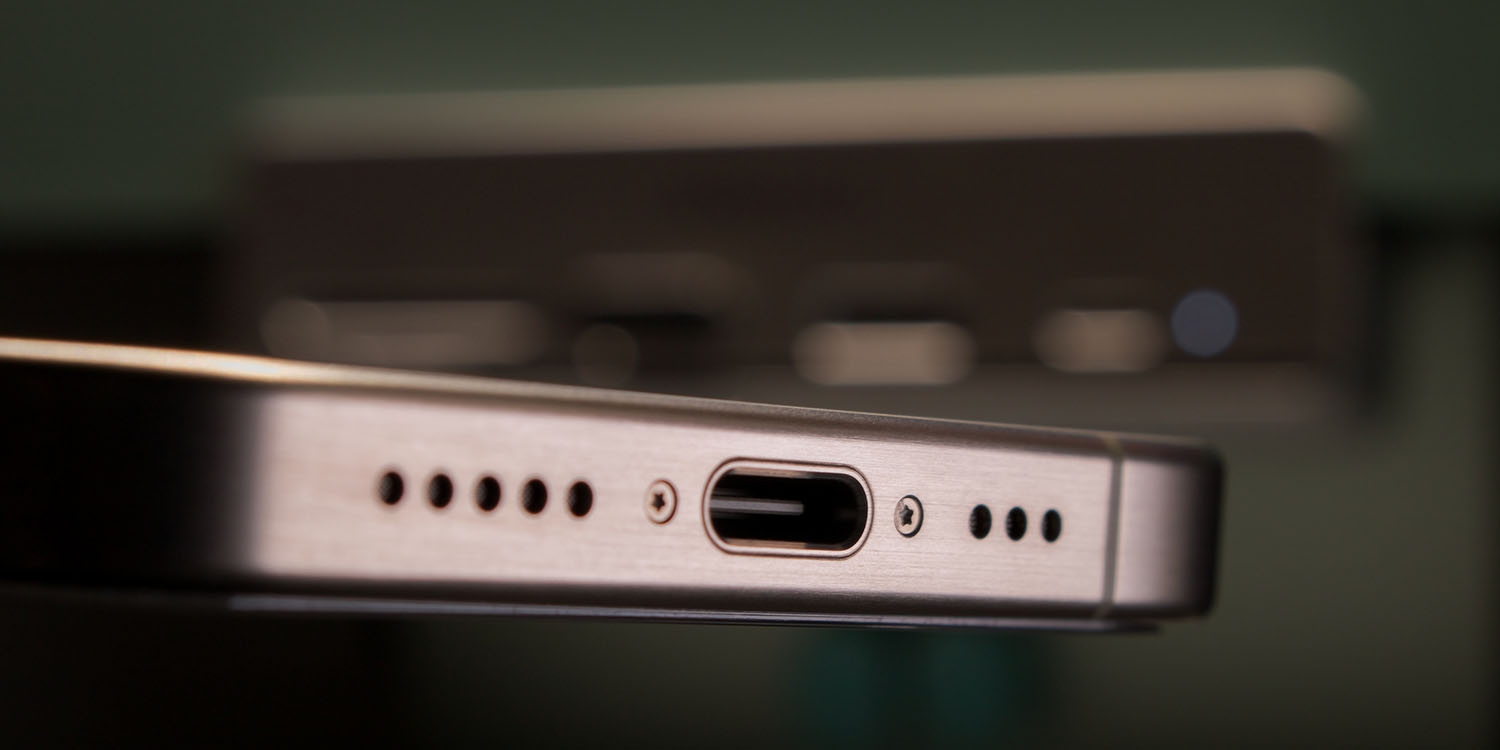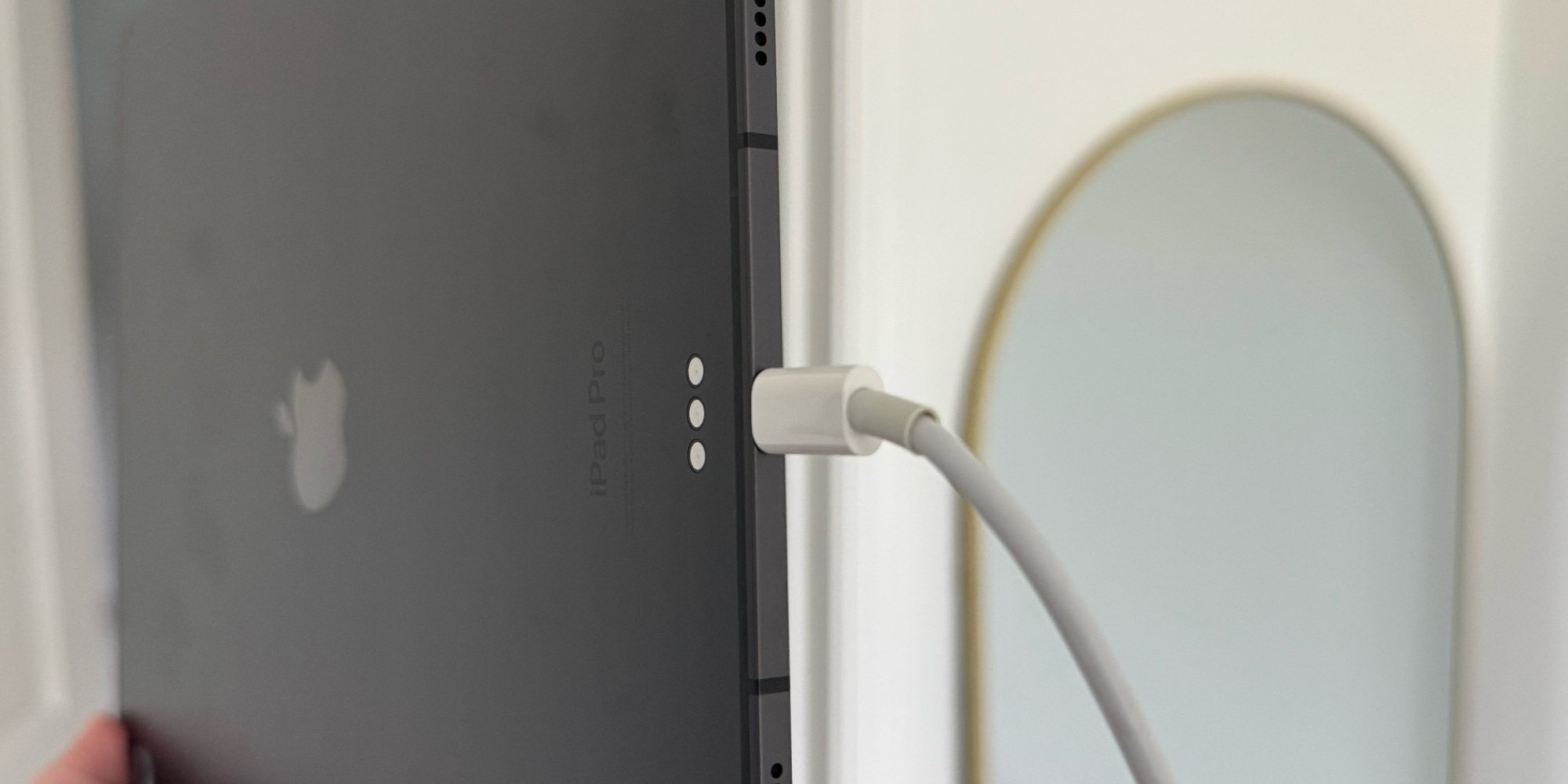
Apple has a lot in store for September’s iPhone 16 Pro and iPhone 16. Next fall, however, will bring bigger changes thanks to a new iPhone 17 Air joining the lineup. The 17 Air’s main draw will be a radical, ultra-thin new design. But how thin can it really be? Here’s what to expect based on hints from current products.
Apple’s iPhone 17 lineup features new model
The iPhone 17 Air, when it launches next fall, is expected to represent a deviation from Apple’s current iPhone lineup.
At Apple’s fast approaching September 9 event, it’s expected to introduce the following four iPhone models:
- iPhone 16
- iPhone 16 Plus
- iPhone 16 Pro
- iPhone 16 Pro Max
This sort of lineup has been standard since the Plus replaced the mini in 2022.
But in fall 2025, the Plus model will itself be replaced by the 17 Air.
Reporting on this new iPhone was at first pretty confusing. Initially it sounded like an iPhone 17 Ultra, since it was said to carry an ultra-premium price point.
Later, however, we learned that it would feature a scaled back camera system and less capable chip than the 17 Pro models. So ‘Ultra’ was out.
The answer, it seems, is that this is an iPhone 17 Air. And like the original ‘Air’ device—the first MacBook Air—it will come with compromises but also clearly be the future.
But how ‘futuristic’ will the device be? Sci-fi productions in Hollywood tend to depict smartphones as paper-thin, naked displays.
The iPhone 17 Air surely isn’t getting that thin. However, two current Apple devices provide strong indications of how thin it will likely be.
iPhone 17 Air clues from the iPhone 15 and M4 iPad Pro

If you own an iPhone 15 or 15 Pro, that device has a USB-C port on it.
Take a close look at the port, and you can probably get a good sense of what size the iPhone 17 Air will be.
Imagine the USB-C port’s size, then shrink down the current padding on either side of it. Consider its size with only the bare minimum of bezels surrounding it.
Why focus on the USB-C port, you ask? Two reasons:
- Because the 17 Air can’t get any thinner than its USB-C port, so it provides a good floor to start with.
- The Air is also highly likely to follow the example of Apple’s most recent ultra-thin device, the iPad Pro.
The M4 iPad Pro launched in May as, according to Apple, the thinnest product the company had ever made.
So thin, in fact, that the USB-C charging port barely fits. Apple’s own USB-C chargers are actually a tiny bit thicker than the device they plug into.

Measuring at 5.1mm for the 13-inch model, it truly is remarkably thin.
And we’re likely to see a roughly similar size on the iPhone 17 Air.
Comparing the 17 Air to current iPhones
Here’s how the device would measure up against Apple’s current iPhones, assuming it’s about the same size as the iPad Pro:
- 13-inch iPad Pro: 5.1mm
- iPhone 15: 7.8mm
- iPhone 15 Pro: 8.25mm
As you can see, there’s a notable difference between the iPad Pro’s size and that of the current flagship iPhones.
It’s possible the 17 Air could be a little thicker than 5.1mm, while still retaining the ‘wow’ factor of being ultra-thin.
But measuring at about the same size as the 13-inch iPad Pro, or perhaps its smaller yet thicker 11-inch sibling at 5.3mm, seems about right for the iPhone 17 Air.
Anything at or under 6mm would represent a big leap forward in thinness. Not every user will find that worth paying a premium. But for those who do, the iPhone 17 Air should provide a compelling new iPhone form factor.
Do you want a thinner iPhone? Would you pay a premium for it? Let us know in the comments.
FTC: We use income earning auto affiliate links. More.




